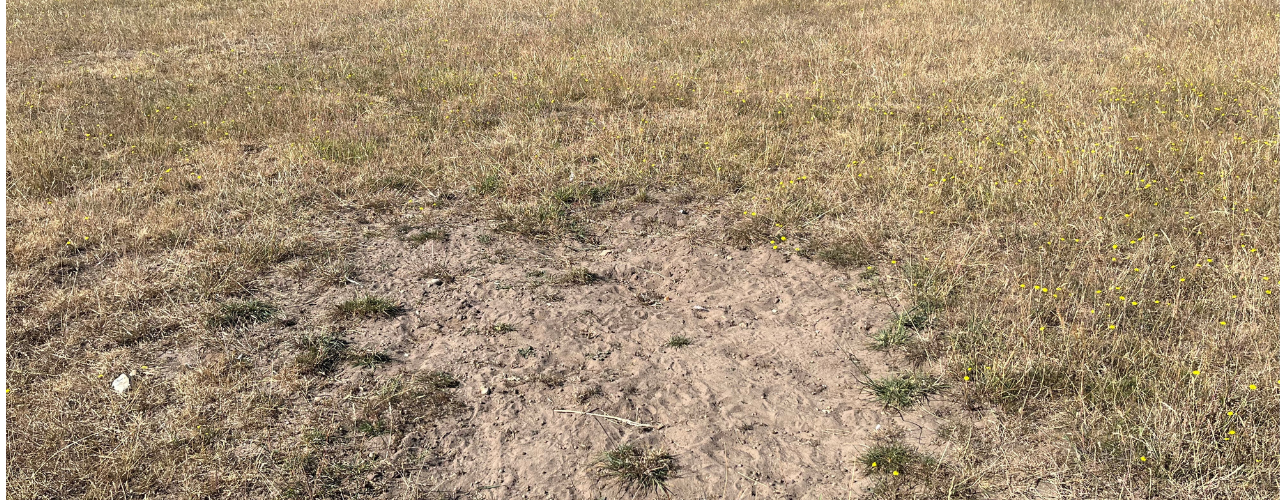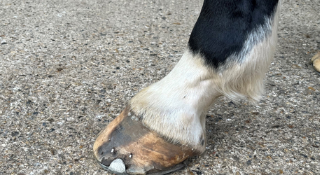
Be sand colic savvy
Keeping your horses on light sandy soil can mean less mud in the winter and easier paddock maintenance come the spring but with it...
13 July 2022
Read More
Biosecurity: what you need to know
The word biosecurity may sound complicated but in fact it is simply a set of management practices to help keep horses safe from disease. Putting a biosecurity plan into place really isn’t as challenging as it may sound.
It’s always best to apply biosecurity measures every day: waiting until an outbreak of any infectious disease such as EHV, flu or ringworm occurs is usually too late so it's far better to make biosecurity a part of your daily routine – it will soon become a habit and your horse will be much safer from disease as a result.
Follow these 12 biosecurity tips to reduce the risk of disease spread on your yard
References:
Anderson MN, 10 biosecurity tips from top equine health experts, The Horse. Available at
https://thehorse.com/117202/10-biosecurity-tips-from-top-equine-health-experts/ Accessed 08 June 2021
American Association of Equine Practitioners. Risk-Based Vaccination Guidelines. Available at: www.aaep.org/-i-166.html. Accessed June18, 2021:
Ivens P, Biosecurity in the equine setting, Veterinary Practice. Available at
https://veterinary-practice.com/article/biosecurity-in-the-equine-setting. Accessed 08 June 2021
MM-17017

Keeping your horses on light sandy soil can mean less mud in the winter and easier paddock maintenance come the spring but with it...
13 July 2022
Read More
The fetlock is a hard-working, high motion hinge joint. It is the meeting point of the cannon bone, proximal sesamoid bones and th...
20 June 2022
Read More